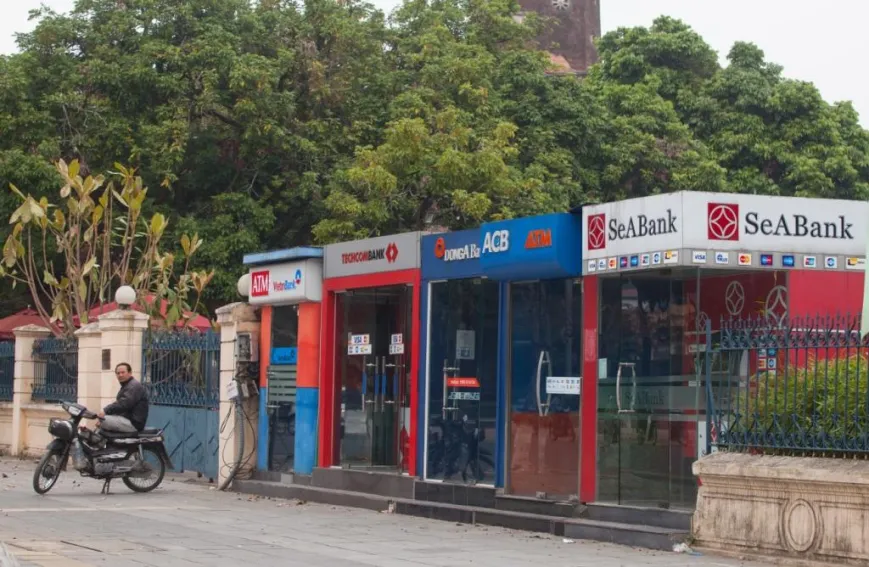
Vietnamese banks' problem loan ratio to improve to 6% in 2018
It already declined to 6.5% in June this year.
Vietnamese banks' asset quality will remain largely stable in the next 12-18 months. According to Moody's, problem loan ratio declined to 6.5% at the end of June 2017, from 7.5% at the end of 2015, due partly to rapid loan growth in the system. "We expect this ratio to improve marginally to around 6% in 2018, driven by loan growth which continues to be rapid as well as a slow down in the pace of asset quality deterioration."
Here's more from Moody's:
While the stock of problem loans in the Vietnamese banking system remained large as at end-June 2017, it has largely stabilized since 2016. Improvement in the operating environment has supported repayment capacity of borrowers and recoveries/write-offs of legacy problem assets.
Higher property prices — which act as collateral against most loans in Vietnam — could quicken the resolution of problem assets. the stock of VAMC bonds has shrunk in the first half of 2017 at many rated banks. Vietnamese banks are making progress in resolving legacy problem assets, albeit at varying paces. Write-offs, supplemented with regulatory forbearance, continue to be the main approach to NPL resolution in Vietnam.
By the end of 2016, Vietcombank became the first Vietnamese bank to fully write down VAMC bonds, which banks receive from the SBV-owned VAMC in exchange for their NPLs. Vietnam Technological and Commercial JSB followed in the first half of 2017. Outside of Vietcombank and Techcombank, 10 out of the 15 rated Vietnamese banks reported a lower stock of VAMC bonds in the first half of 2017.
At the same time, there are several banks that are slower in their pace of NPL resolution. For example, Saigon Thuong Tin Commercial Joint-Stock Bank (Sacombank, Caa1 negative, caa2), continue to be burdened by a significant amount of problem assets, which, in our view, will take many years to resolve.
compared to other similarly rated banks in frontier and emerging markets, average loan loss reserves, including provisions for VAMC bonds, as a percentage of problem assets remain low for rated banks in Vietnam, at 35% at end-2016. However, steady improvements in pre-provision income – a result of fast growth in higher-yielding retail and consumer loans since 2015 – has enabled most rated banks to boost loan loss provisions in 2016.
Banks will likely continue to improve their problem loan coverage in 2017 and 2018. Assuming loan loss provisions as a percentage of pre-provision income will remain at the same level in 2017 and 2018 as in 2016, and pre-provision income growing 15% each over the two years, we expect more banks to have sufficient level of problem loan coverage to be able to fully write down their VAMC bonds in the next 12-18 months.



















 Advertise
Advertise










